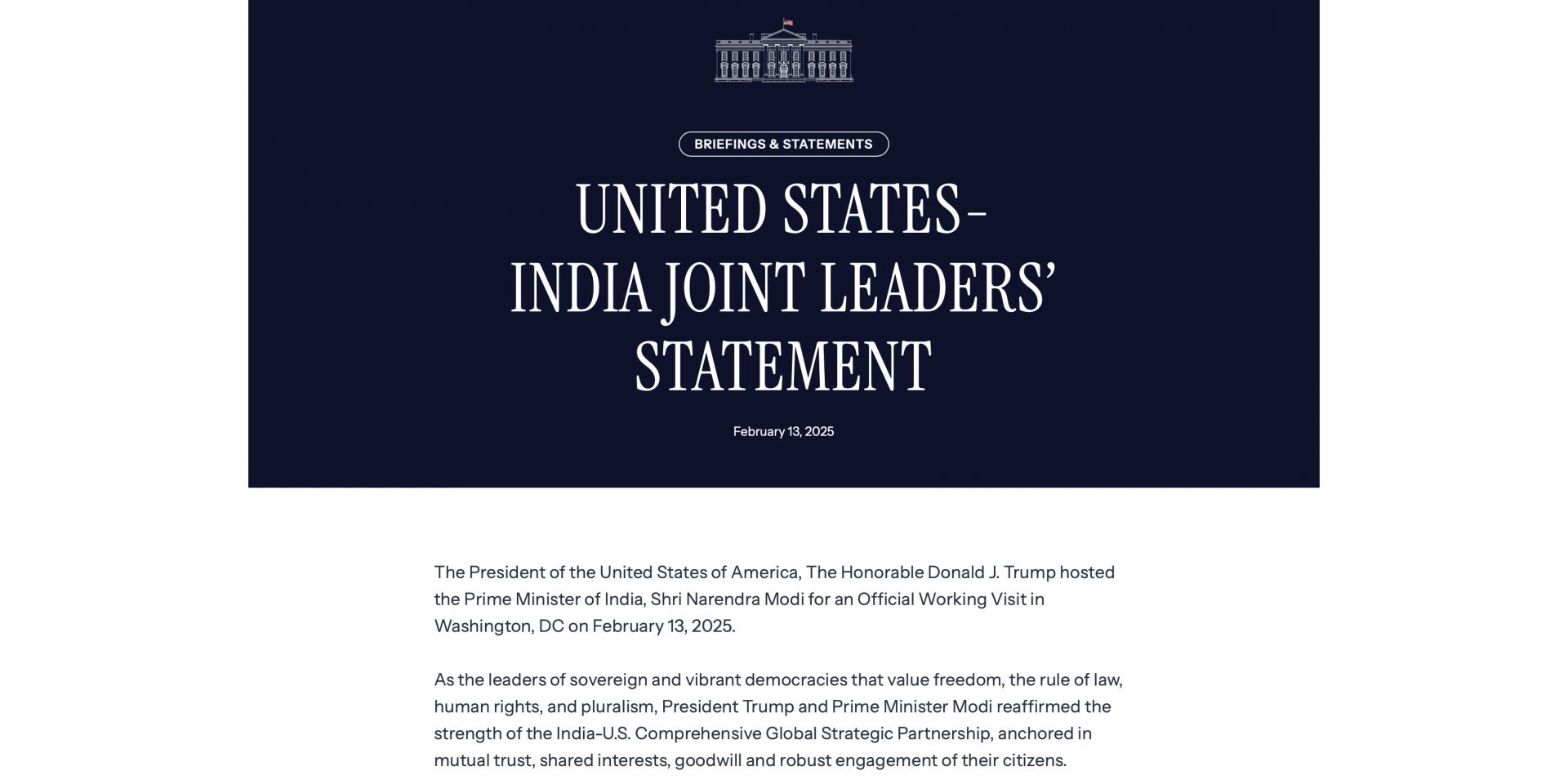U.S., India make new nuclear plans

Indian Prime Minister Narendra Modi met with President Trump last week and agreed to a new initiative to drive “transformative change across key pillars of cooperation” between the two countries.
The U.S.-India COMPACT (Catalyzing Opportunities for Military Partnership, Accelerated Commerce & Technology) for the 21st Century initiative includes nuclear, and the two leaders announced plans to build U.S.-designed nuclear reactors in India, according to a joint statement released by the White House. To help facilitate the joint work, Indian lawmakers are considering amendments to India’s Atomic Energy Act of 1962, which bars private investments in India's nuclear power plants.
Reuters reported on February 17 that India plans to increase its nuclear power capacity by 30 GW over the next 20 years—triple the amount that state-run NTPC (formerly National Thermal Power Corporation) previously announced. The projects are expected to cost $62 billion.
A closer look: NTPC is seeking land for its ambitious nuclear plans, but local resistance is expected. The company is in the process of seeking early approvals for land in eight states, Reuters added, and is in talks with small modular reactors developers, including American-based companies.
India’s 22 operating reactors have the capacity to generate 6,780 MWe, according to India’s Atomic Energy Regulatory Board. In February 2024, Kakrapar Unit 4 became India’s newest nuclear power plant to become operational. It connected to the grid on the heels of the Kakrapar-3, which entered commercial operation in June 2023.
Partnering with the U.S.: In addition to energy security, the wide-ranging U.S.-India Compact for the 21st Century initiative spells out collaboration on defense, trade and investment, technology and innovation, and “people to people” cooperation.
Modi and Trump also committed to leaning into the 123 Agreement for peaceful nuclear cooperation the nations signed in 2008.
The leaders agreed that energy security is fundamental to economic growth, social well-being, and technical innovation in both countries by ensuring energy affordability, reliability, and availability in stable energy markets, Reuters reported. As the United States and India are both top producers and consumers in driving the global energy landscape, Trump and Modi recommitted to the U.S.-India Energy Security Partnership, including in oil, gas, and civil nuclear energy.






